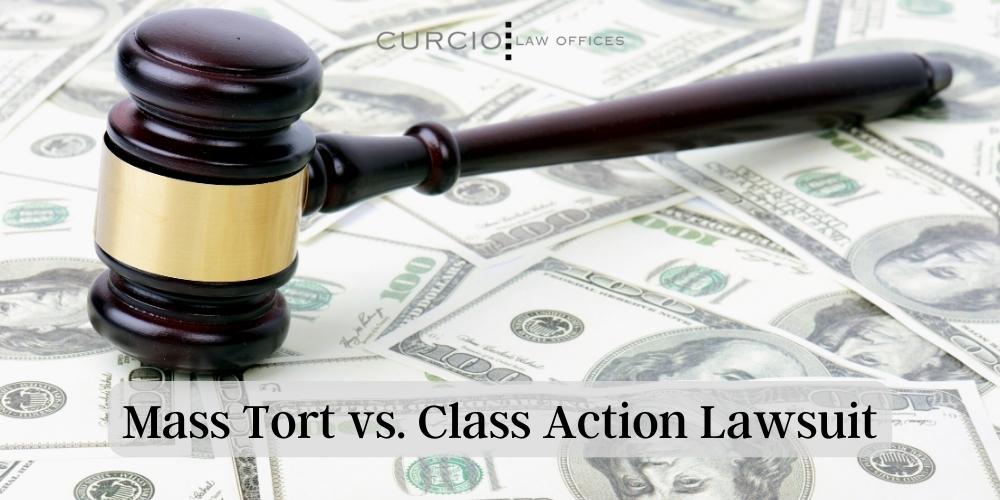Insights into the Future FinTech Class Action Lawsuit: Remain Informed
Checking Out Course Activity Legal Actions: What You Required to Know
Class activity claims have become progressively common in today's lawful landscape, with individuals signing up with forces to look for remedy against organizations and firms. In this discussion, we will discover the ins and outs of course action claims, shedding light on their meaning, the needs for filing, and the possible benefits and disadvantages entailed.
The Definition of Class Activity Legal Actions
Just what is the interpretation of a class action lawsuit? A class activity lawsuit is a lawsuit submitted by a group of people that have similar insurance claims versus a defendant. It enables a large number of individuals, referred to as the class members, to join with each other and seek their insurance claims jointly, instead of each private declaring a different suit. When the number of prospective plaintiffs is as well huge for specific suits to be sensible, Class action lawsuits are usually brought. They are generally made use of in instances including customer defense, item responsibility, safety and securities scams, and work issues.
Among the crucial elements of a class action lawsuit is that the lead complainant, additionally called the class agent, represents the passions of all the course members. The court selects the lead plaintiff based on their ability to rather and sufficiently represent the course. The lead complainant works closely with the course activity attorney to seek and develop a strong case settlement or various other treatments in support of the entire course.
In order for a course action claim to continue, the court has to certify the class. This suggests that the court figures out that the suit fulfills specific requirements, such as numerosity (a big enough variety of class participants), commonality (typical questions of regulation or truth), typicality (the claims of the lead complainant are common of the course), and adequacy of depiction (the lead plaintiff and course guidance can representing the class's interests) When the class is accredited, the lawsuit can move on, and any judgment or settlement reached will relate to all class members unless they choose to opt-out.
Class action lawsuits offer an essential function in giving access to justice for people who might not have the resources to pursue their cases individually. They likewise advertise efficiency in the legal system by settling comparable claims into a solitary action, decreasing the problem on both the court and the events involved.
Demands for Submitting a Course Activity Lawsuit

An additional requirement is that the course needs to be completely countless. The specific variety of course participants needed may vary depending on the jurisdiction and the nature of the case. It is typically expected that the class must be big enough that joining all the specific complainants into a solitary legal action is a lot more reliable than having several different claims.
Additionally, it is vital that the class representative, that is the private or entity bringing the lawsuit in behalf of the course, has normal cases and defenses to those of the class participants. The rep must also have the ability to sufficiently and fairly stand for the rate of interests of the whole class.

Benefits and Drawbacks of Course Action Claims
Class activity legal actions use both benefits and downsides for complainants and offenders involved in the legal procedure. On the one hand, among the considerable benefits of course activity suits is that they provide a economical and efficient way for people with similar cases to seek justice collectively. By combining countless similar cases into one lawsuit, course actions enhance the lawful process and save time and resources for both defendants and complainants.
One more advantage of class action legal actions is that they allow individuals with minimal resources to look for settlement for their problems. In cases where the potential recovery is tiny, individual claims might not be financially practical. Nonetheless, by signing up with forces in a class activity, complainants can merge their resources and enhance their possibilities of acquiring a reasonable resolution.
Additionally, class actions can promote social adjustment by holding companies accountable for their activities. By accentuating extensive misbehavior or faulty items, class activities can pressure firms to transform their techniques, enhance product safety and security, or execute reforms.
Nevertheless, class actions likewise have disadvantages. One prospective downside is that private complainants may have restricted control over the litigation process and the supreme outcome of the case. The lead plaintiffs and their attorneys generally make essential choices in behalf of the whole class, which might not always align with the specific passions of each course member.
Additionally, class activities can be taxing and prolonged, frequently taking years to get to a resolution. The intricacy and dimension of these suits can result in delays and long term lawsuits, which can be irritating for both defendants and complainants seeking a timely resolution.
Actions Associated With a Class Activity Claim
The process of a course action lawsuit generally begins with the recognition of a potential class and the declaring of a complaint. As soon as a group of people who share comparable insurance claims versus an offender is identified, the lead complainant, or class rep, files an issue on behalf of the whole class. This problem outlines the claimed wrongdoing and looks for damages or other alleviation for all members of the course.
After the complaint is filed, the court will certainly identify whether the situation meets the needs for class certification. These needs usually consist of numerosity (a large sufficient course), commonality (similar legal check out this site claims), typicality (the lead complainant's cases are depictive of the class), and adequacy of representation (the lead plaintiff and their lawyer can effectively stand for the class's rate of interests)
If the court accredits the class, notification is given to all potential class members, providing the opportunity to opt-out if they desire to seek their own private insurance claims - Assertio class action lawsuit. If a sufficient number of class participants stay, the instance will certainly continue to the exploration stage, where both sides collect proof this and info appropriate to the insurance claims
Adhering to exploration, the events might involve in settlement arrangements or proceed to trial. If the situation mosts likely to trial and the class dominates, the court will certainly identify the appropriate problems or relief to be awarded to the course participants.
Current Spots Class Activity Claims
With a solid understanding of the steps involved in a class activity legal action, it is currently vital to check out some current site situations that have made a considerable impact in the legal landscape. Assertio class action lawsuit. These instances have not just shaped the way course activity suits are conducted but have actually likewise caused changes in numerous markets
One such spots situation is the Volkswagen emissions detraction, which led to the largest course activity settlement in auto history. This deceptiveness impacted millions of customers worldwide, leading to a class activity lawsuit.
An additional noteworthy instance is the Johnson & Johnson talcum powder claim. Hundreds of ladies submitted lawsuits versus the firm, claiming that their talc products triggered ovarian cancer cells. In 2018, a jury awarded $4.7 billion in problems to 22 complainants. This case increased problems regarding the safety and security of talcum powder and triggered Johnson & Johnson to change their product labeling.
These recent site instances demonstrate the power of class action claims in holding corporations responsible for their activities and looking for justice for affected individuals. They act as examples of how class activity lawsuits can cause considerable adjustments and protect the rights of consumers.
Final Thought
In conclusion, course activity claims are a lawful mechanism that permits a team of individuals to collectively seek justice for a common complaint. Recognizing the steps and needs entailed in filing a class action suit is vital for people seeking to pursue this lawful method.
One of the key aspects of a course activity lawsuit is that the lead complainant, also recognized as the class representative, stands for the interests of all the course members.In order for a course action legal action to proceed, the court has to accredit the course. This indicates that the court identifies that the legal action satisfies particular requirements, such as numerosity (a huge sufficient number of course members), commonness (common concerns of law or truth), typicality (the cases of the lead complainant are typical of the course), and adequacy of depiction (the lead plaintiff and course counsel are capable of representing the course's interests) When the class is accredited, the legal action can move ahead, and any kind of judgment or settlement got to will use to all class participants unless they pick to opt-out.
The process of a course activity lawsuit typically begins my explanation with the recognition of a prospective course and the declaring of a grievance.